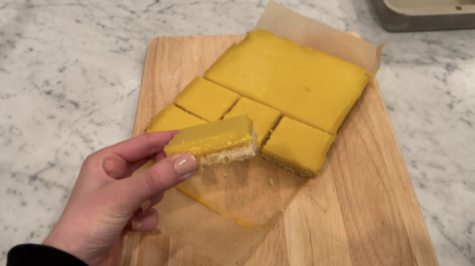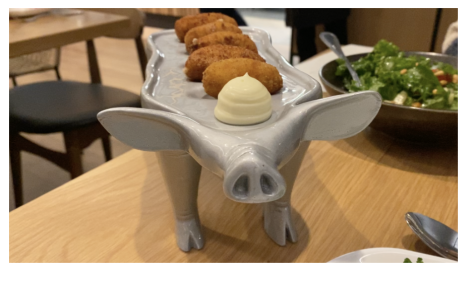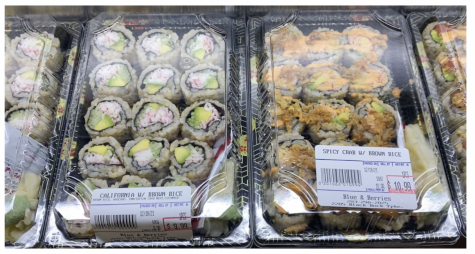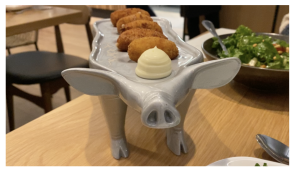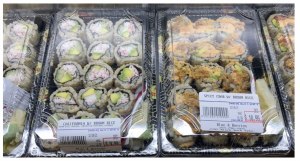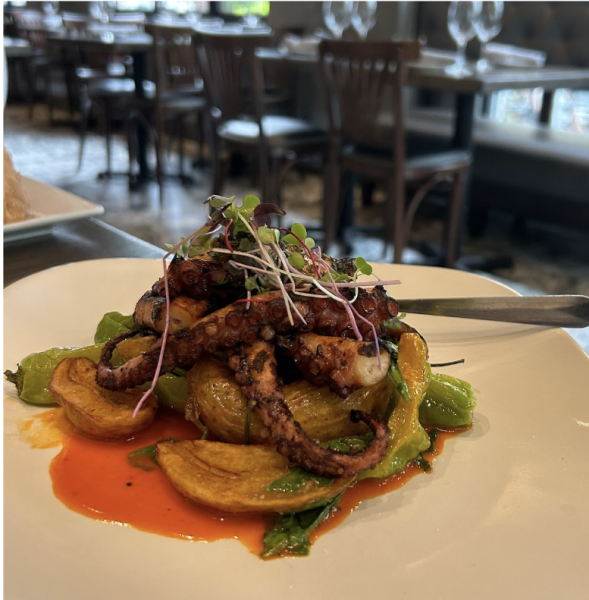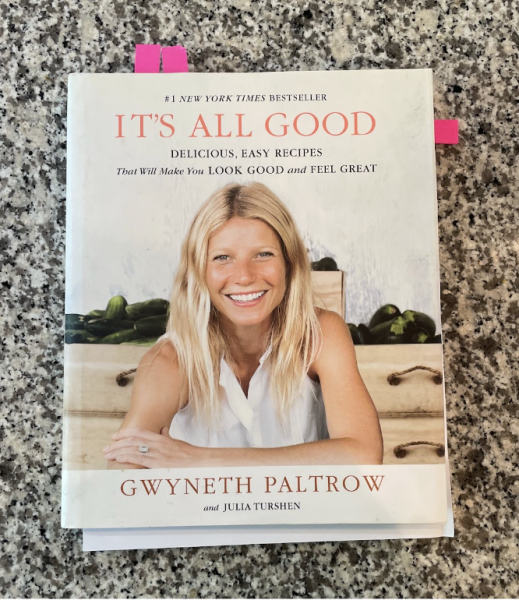Review of culture in the kitchen: creating, evaluating significant dishes from three countries
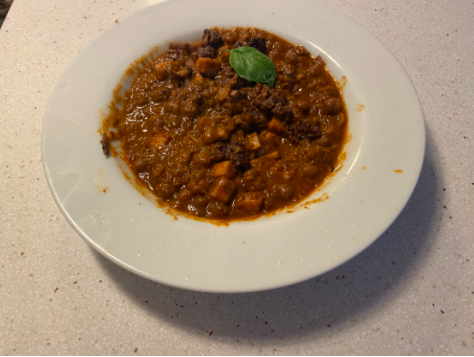
Chana Aloo Curry is a traditional street food dish that is served as a snack in India. Pictured above is my take on the dish after following a recipe and adding my own twist by using beyond meat as in India the majority does not eat meat.
I love trying new foods and while I have had food from all of these countries, I have never undertaken the challenge of creating the dishes myself. As an adventurous eater, trying something new seemed like the perfect fit for me.
I not only explored the cultural significance of each meal, but also invited three friends to join in on a taste test journey.
Salmon Donburi (Japan): Donburi is a dish that originated in Japan during the early 1600s and includes various ingredients, including eel and crab. This was an interesting meal to make, and I began this process by exchanging eel for salmon and then prepared my own teriyaki sauce. I used this sauce to coat salmon, and then made white rice. The rice tied the meal together to make it filling and enjoyable. Overall, coming from someone who is not very experienced in the kitchen, Donburi was a simple meal to make. I would say that the most difficult part was cooking the salmon and making sure I took it out of the oven at the correct time. Alternatively there is also a chicken version of the donburi, see the recipe here.
Though the process was difficult, in the end, I was able to enjoy the fruits of my labor and would highly recommend this dish to anyone with high spice tolerance
— Chris Tatusko '22
Patasca (Peru): Patasca is a dish that originated in the Andes Mountains of Peru. The traditional dish consists of beef leg, tripe, onion and various spices including cayenne pepper, chili powder, and regular pepper. Personally, I love spicy food, so this meal was one that I especially enjoyed. Although it tasted great, this dish was rather difficult to create due to my lack of cooking experience with tripe and . I began by cooking the beef leg and tripe in a large pot of water for about five hours. Then, I cut up the meat, returned it to the pot and seasoned it with salt and pepper. It took three tries to get the soup to the right consistency, which posed a large challenge throughout this process. The problem I kept running into was it came out more like a stew than a soup. While it did taste good, I wanted to get the traditional recipe right. After this obstacle, I eventually succeeded in making the dish, and the final product was exceptional. Though the process was difficult, in the end, I was able to enjoy the fruits of my labor and would highly recommend this dish to anyone with high spice tolerance. For the taste test, my three friends and I all agreed while the dish was good it just was not our favorite out of the three and even though I say this I still highly recommend you try it.
Chana Aloo Curry (India): Chana Aloo Curry, a traditional street food, is served in multiple countries including India, Bangladesh, Morocco and Pakistan. Curry is always exciting to make because there are so many different types. The main ingredients included in this dish are chickpeas, potatoes and tomatoes. I decided to make the curry spicier than it normally would be by adding blended up habaneros for an extra boost in flavor. This brought a new taste that I have never experienced before. Similar to the previous dish, the taste was good but, still not on the same level of the donburi. In my opinion, it is more of an acquired taste, as my friends all liked it about the same as the donburi.
A journey is the only way I can describe this experience. The whole process introduced me to new cultures from shopping in small markets for ingredients to cooking techniques I have never tried. Cooking with many different cultural techniques and learning about their history has tested my skills. From making a savory salmon bowl from Japan to creating a burning hot curry from India. Broadening horizons on different cultures will never hurt, especially with cooking and it provides so many opportunities. I urge all to try to make at least one of the above dishes and learn more about its specific impact on the culture and your tastebuds.

Staff Writer Christopher Tatusko ’22 has always had a passion for writing.
“I was a writer for a paper outside of Inklings that I contributed...












































